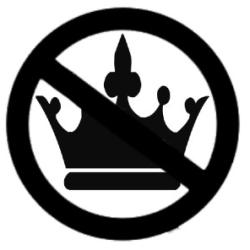December 15, 2010, here on slacktivist: Good news and bad news
The newspapers’ identity myth cannot be believed by anyone who has actually read a newspaper, yet the myth and the pretense continues. “It’s not our job to say whether the news is good or bad,” the newspapers claim. “It’s only our job to report the truth.”
This claim is both incoherent and disingenuous.It is incoherent because it is impossible to be committed to the truth without also being committed to the good (and to the beautiful). These things are inseparable. We settled that point way back before Socrates and it has never been unsettled.
The claim is disingenuous because, again, newspapers are constantly reporting on the days’ news as being either good or bad. This is not — as the pretense pretends — a matter of “taking sides,” but of acknowledging them. It is an inseparable and unavoidable aspect of the newspapers’ commitment to accuracy.The pretense that journalism requires- or even allows — neutrality or indifference to good and bad is just that, a pretense. A lie. A vain lie in at least two senses of the word. It is a lie told out of vanity and arrogant self-flattery, and it is a futile lie due to its nonstop refutation by the newspapers themselves.
There’s a killer on the loose. This is always and accurately reported as bad news. The killer has struck again — bad news. The killer is caught — good news. Miners are trapped — bad news. The miners are rescued — good news. House fires, car crashes, crimes, earthquakes, floods and factory closings are unfailingly reported as what they are: Bad news of bad things. To report on them otherwise would be to violate the commitment to accuracy. Truth-telling requires that good news is presented as good and bad news is presented as bad.












